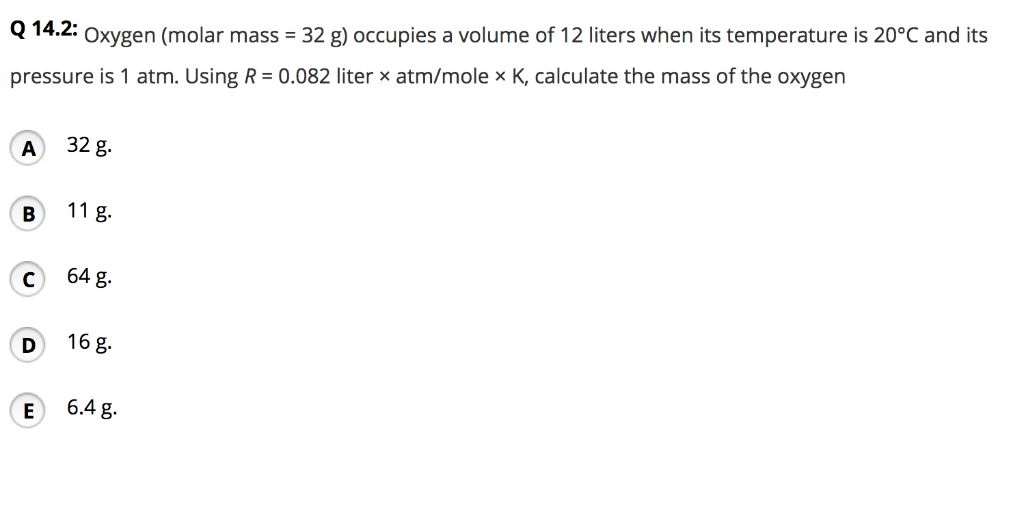

M r(Y) = relative atomic mass of element Y = another number M r(X) = relative atomic mass of element X = some number Step 3: Use the Periodic Table to find the relative atomic mass (atomic weight) of each element M r(Y) = relative atomic mass of element Y M r(X) = relative atomic mass of element X M r(X aY b) = relative molecular mass of compound X aY b

Step 2: Write a mathematical expression to calculate the total mass of all the elements in the compound (called the relative molecular mass of the compound) Step 1: Use the chemical formula to determine how many atoms of each element are present in the compound. This is exactly what we are doing when we calculate the relative molecular mass of a compound: Mass(water molecule) = mass(oxygen atom) + 2 × mass(hydrogen atom) We could write a mathematical expression to find the total mass of all the atoms in a water molecule: If an oxygen atom has a mass of 16 and a hydrogen atom has a mass of 1, then the mass of all three atoms in the water molecule is 16 + 1 + 1 = 18 each diagonal line ( \ and / ) represents a chemical bond between an oxygen atom and a hydrogen atom.In the diagram of a water molecule above:

If each ball in the box represents an atom making up a water molecule, H 2O, then the diagram below shows a box containing a molecule of water: Mass(total) = mass(red ball) + 2 × mass(black ball)Ĭhemists often think of atoms as really tiny balls, and refer to this as the particle theory of matter. We could write a mathematical expression to find the total mass of the balls in the box: If a red ball has a mass of 16 g and a black ball has a mass of 1 g, then the mass of all three balls in the box is 16 + 1 + 1 = 18 g The diagram above shows a box containing 3 balls:

O2 molar mass free#
No ads = no money for us = no free stuff for you!


 0 kommentar(er)
0 kommentar(er)
